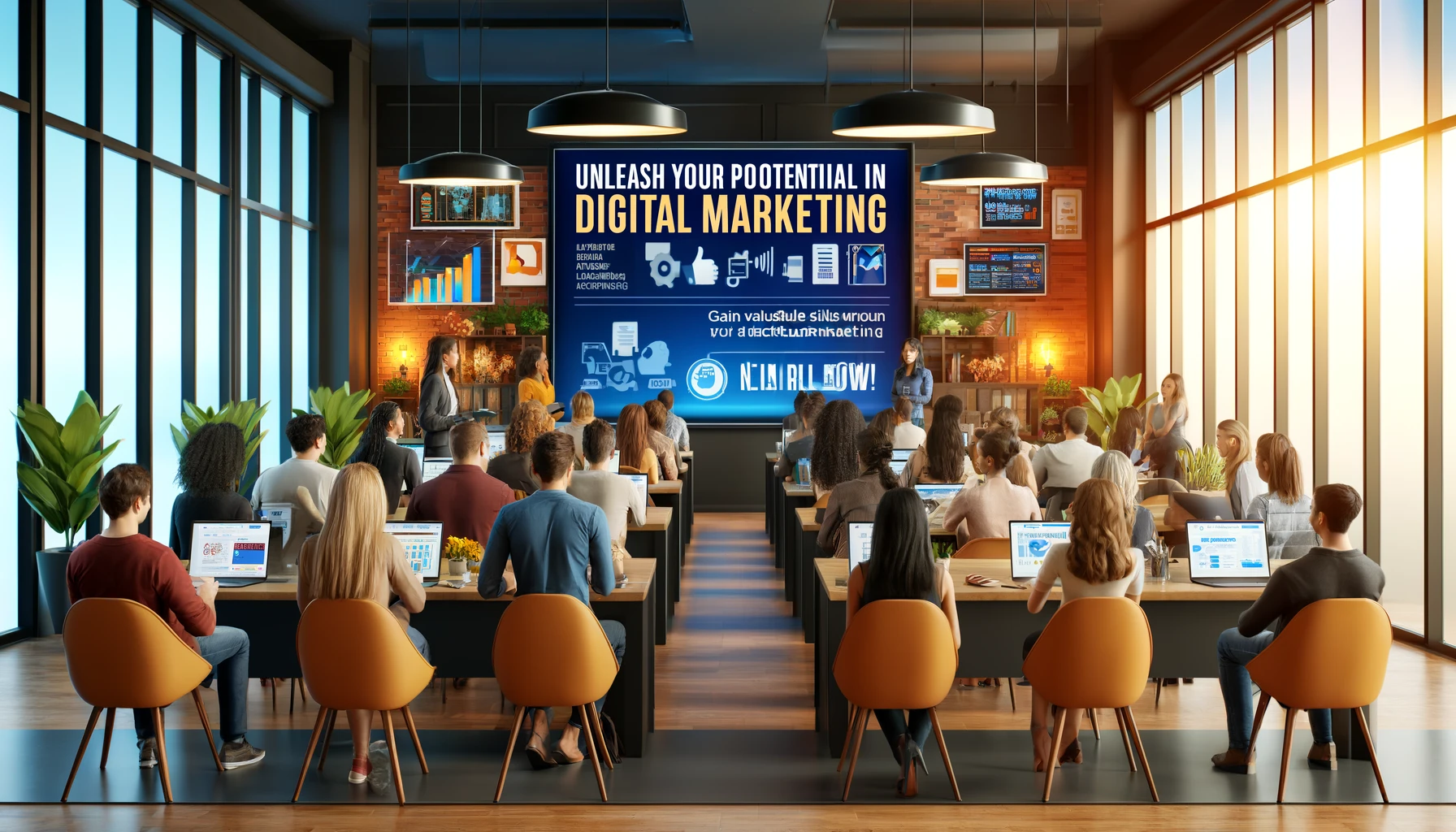4 min read
Digital Marketing Mastery: Boost Online Success with Expert Strategies!
Learn Digital Marketing: A Comprehensive Guide to Mastering the Digital LandscapeIn today's fast-paced digital world, businesses are constantly...
2 min read
![]() The Amazing Team at Focus Digital Marketing
:
Mar 19, 2024 2:02:47 PM
The Amazing Team at Focus Digital Marketing
:
Mar 19, 2024 2:02:47 PM
E-commerce has grown to exponential limits in recent years, and that turned the market into an even more competitive place. As the inclination of more and more consumers is going toward online shopping, no business can survive without evolving and constant innovation in the fast-moving digital marketplace. This blog post takes a look at the essential strategies on how to build a successful e-commerce store that can drive traffic, conversions, and revenue to your business.
Platform Selection:
Website Design:
Product Optimization:
Marketing and Promotion:
Customer Experience:
In a nutshell, to be a successful e-commerce store, it has to be built with lots of planning, strategic executions, and relentless focus on customer experience. One can come up with an online store that stands out in the highly competitive space of e-commerce and hence gains meaningful business results using the strategies outlined in this blog post.
Also Read: Building a Strong Personal Brand Online: Tips for Professionals
For more insights and resources on digital marketing strategies, visit Focus Digital Marketing.
FAQs with Detailed Answers:
Evaluate your business needs, budget, technical capability, and growth ambitions. Compare platforms like Shopify, WooCommerce, and Magento based on their features, scalability, costs, and support for your business model.
Focus on creating a user-friendly design that reflects your brand, with easy navigation, mobile optimization, and high-quality visuals. Prioritize a seamless checkout process and ensure all design elements encourage a positive user experience.
Utilize SEO-friendly practices in your product titles and descriptions, include high-quality images and videos, and encourage customer reviews to enhance visibility and trust.
A comprehensive approach including SEO, PPC, social media, email marketing, and influencer collaborations can effectively drive traffic and conversions. Tailor your strategy to target your specific audience and measure results to refine your tactics.
Offer personalized shopping experiences, streamline the checkout process, and provide exceptional customer service across multiple channels. Focus on reducing any friction points in the shopping journey to encourage loyalty and repeat business.

4 min read
Learn Digital Marketing: A Comprehensive Guide to Mastering the Digital LandscapeIn today's fast-paced digital world, businesses are constantly...

3 min read
Imagine navigating a website so intuitive and responsive it feels almost telepathic. Behind this seamless experience lies an unsung hero: tags....

4 min read
Content Marketing Tips for Relevance in the USA: A Comprehensive GuideIn today's digital age, content marketing has become an indispensable tool for...